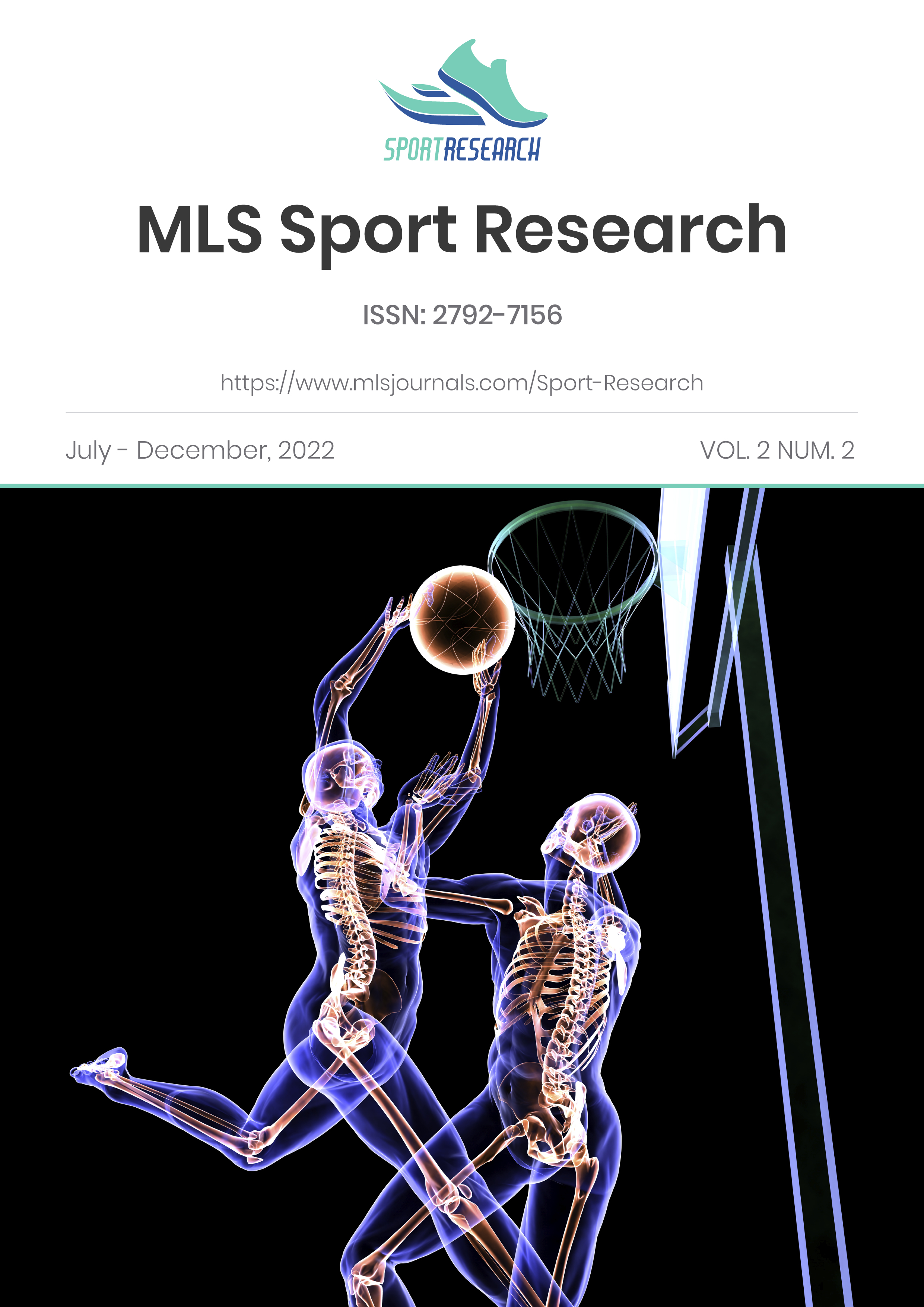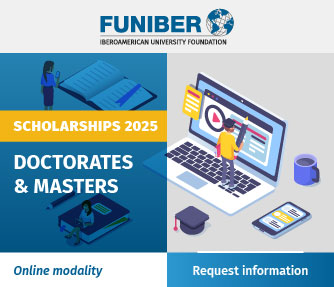Vol 2 Issue 2 (2022)
Published 2023-01-31
Full Issue
Achilles tendinopathy (AT) is one of the most common injuries among athletes, causing pain and deterioration of tendon capacities, as well as inflammation of the tendon body. It has a very high cumulative incidence, especially in elite athletes, and its main injury mechanism is the excessive load on the tendon accompanied by a short recovery period between loads. The risk factors that most influence this pathology are external, with internal factors also having relevance. Thus, the main objectives of this review were to establish different strategies for the recovery of Achilles tendinopathy in the field of physical activity and sports and to determine which of them is most appropriate. In this work, articles extracted from the Pub-Med database were reviewed, selecting all those articles written in English, carried out on injured subjects with AT and who were in the readaptation period. All articles prior to 2010 were excluded. All the interventions performed in the different studies pointed to physical exercise as a very positive tool in the treatment of AT, with the most significant improvements being the reduction of tendon pain, improvement in functional capacities, and an increase in the level of post-intervention satisfaction. In view of the results, all the strategies analyzed have proven to be beneficial for AT recovery, reducing symptomatology, pain, and dysfunction in an injured person. However, heavy slow resistance (HSR) seemed to be the one that provided the best results on the study population, above eccentric and isometric training
Introduction: Falls are considered one of the most important geriatric syndromes due to their high incidence in adults over 65 years of age. Falls can generate various and important physical and / or psychological consequences, functional impairment, dependence and even death. Objective: To determine the effectiveness of proprioceptive training to prevent the risk of falls in adults over 65 years of age residing in a nursing home at km 1 via Dapa, Valle del Cauca. Methodology: A cross-sectional quasi-experimental research was carried out, with a non-probabilistic sample consisting of 12 women and 3 adult men over 65 years of age residing in a nursing home, participating voluntarily in a 6-week proprioceptive training, twice a week during the months of March and April 2021. The feasibility of the proprioceptive exercises proposal was validated using the nominal group research technique. The results included the Short Physical Performance Battery (SPPB) and the Timed up and go (TUG) tests evaluated before and after the intervention. Results: There were significant differences in the level of functionality pre-post intervention, (p<0.05), the two variables (level of fall risk and level of functionality) are correlated inversely (p<0.05). Conclusions: Proprioceptive training is effective in improving static/dynamic balance, gait speed, and lower extremity strength in adults over 65 years of age residing in a nursing home.
The objective of this research was to present a model for monitoring fatigue that could be used in Boxing, so that coaches have a tool for the control of their athletes during the training and tapering process. The article provides the case study of a professional boxer, with whom the monitoring of fatigue prior to the dispute for the world titles of the lightweight category was carried out, using as indicators the height of the jumps, speed of the straight fist blows and a questionnaire of subjective perception on sleep quality, stress, fatigue and muscle pain. During the four weeks in which the results of these evaluations were recorded, it was possible to show a variation of the jumps height, the speed of execution of the fist blows and the scores of the questionnaire, whose relationship allowed an adaptation of the training loads to the condition in which the athlete was. This investigation reflected the possibility of using different indicators for fatigue monitoring, with the aim of avoiding a decrease in performance that could interfere with the results sought for combat.
This study sought to find out how the application of the continuous variable method affects the improvement of the resistance of the participants in the dance therapy classes. The general objective of this project was to design a proposal for the application of the continuous variable method in dance therapy classes to achieve the improvement of resistance. A quantitative, experimental, cross-sectional and field study was carried out, with the participation of a total of 20 adult women, aged between 20 and 59 years. To know the initial state of resistance, a pre-intervention evaluation was carried out, recording the results in observation sheets. Student's t statistic was used for related samples because they were the same group evaluated in a pre and post evaluation to compare the means in relation to the research objectives. From the results obtained, it can be seen that there is a significant increase in the resistance observed in the pre-assessment of partial fatigue with an average of 12.95 minutes and the post-assessment of partial fatigue with an average of 22.75 minutes, with a level of confidence of 0.05, observing a value of p =.000. Likewise, it can be seen that there is an increase in the resistance observed in the pre-assessment of total fatigue with an average of 19.80 minutes and in the post-assessment of total fatigue with 30.40 minutes, with a confidence level of 0, 05, observing a value of p =.000.
The objective was to compare and analyze the effectiveness of different training methodologies for speed improvement in U-19 soccer players. A systematic review literature study was carried out. Using the PRISMA statement, a bibliographic search was carried out through the PubMed database. Articles were included that were intervention studies written in Spanish or English, carried out in players aged 10 to 19 years that had at least one plyometric, strength, or sprint training method for speed improvement and that had an evaluation of sprinting. The results of the interventions showed benefits in speed improvement through the plyometric method (TE=0.66) in 20 m test, explosive strength (TE=0.64) in 5 m test, and sprint (TE=0.33) in 20 m test. It can be concluded that the explosive strength method obtains greater benefits in short distances (5-10 m) when low intensities are used and in 17-year-old players; the ideal training volume is 2 sessions per week. The sprint method at longer distances (20-30 m) in 14–15-year-olds, with a training volume of one or two sessions per week. Plyometrics achieves the same benefits over short and long distances (5-30 m) for ages 15-16 years with no noticeable difference in training volume.













